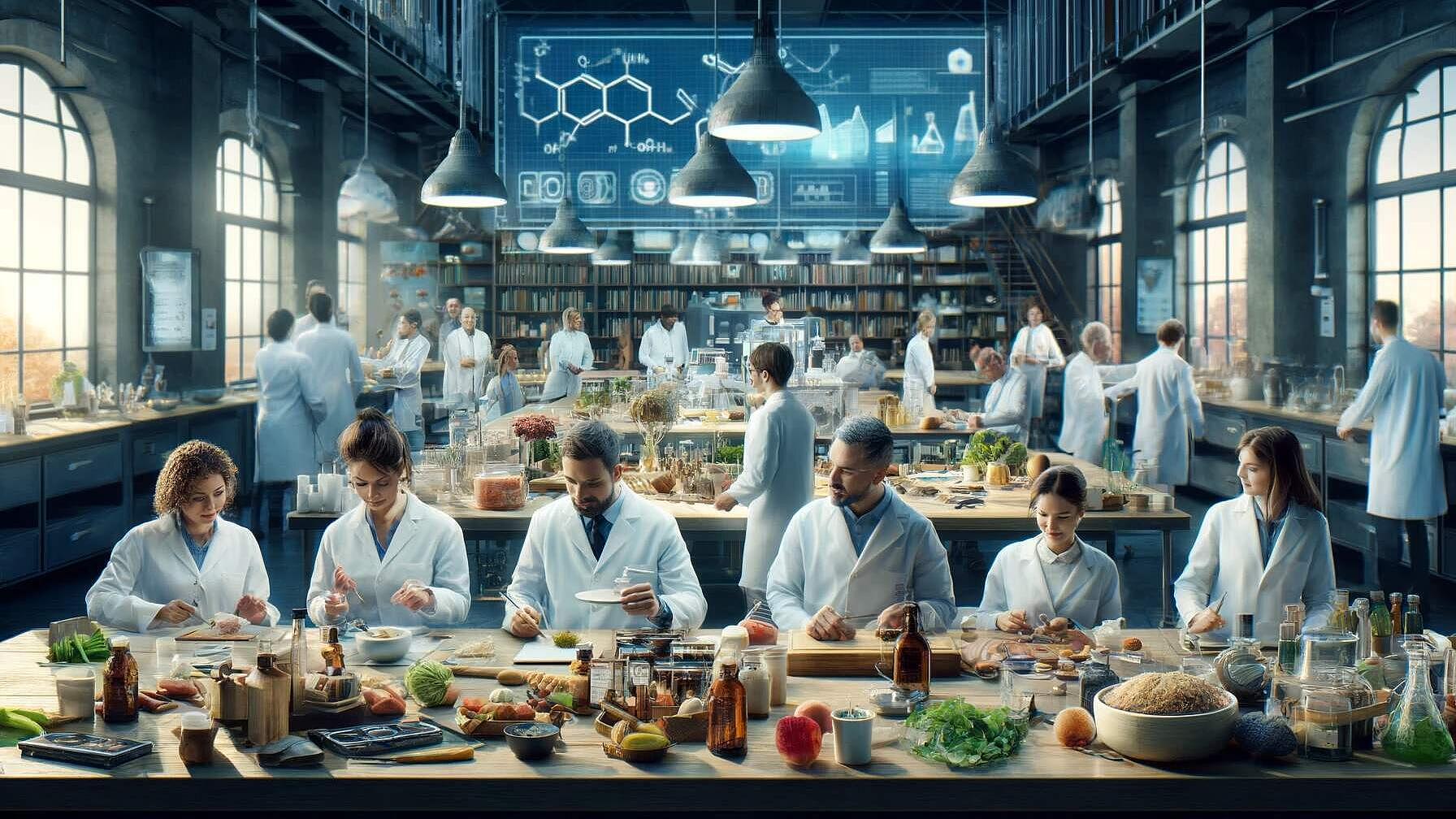 Energy Efficiency
Energy EfficiencyPioneering the Path to Net Zero: Decarbonizing Heat in the Food and Drink
Summary
The UK government aims to decarbonize the food and drink sector by 2050 with a target of net zero emissions, following a 2015 roadmap proposing a 60-80% emissions reduction from 2012 levels. The sector, which produced 9.5 million tonnes of CO2 in 2012, faces challenges in heat decarbonization, a major emission source. Business-as-usual scenarios predict minimal reductions by 2050 without significant intervention, as the sector heavily relies on natural gas for heating. Transition options include modifying direct fired equipment or advancing indirect heating technologies, but are impeded by barriers such as costs, technological maturity, and regulative environment.
Decarbonization efforts involve a blend of current and novel technologies, transitioning to biogas, hydrogen, or electricity for direct fired units, and leveraging heat pump technology for indirect systems. However, adopting the maxtech potential is impeded by practical challenges. PESTLE analysis points to financial, technical, and policy obstacles, suggesting the need for industry-specific strategies, collaborative governance, and improved financing to realize decarbonization goals. Robust sector-industry cooperation is vital for facilitating this shift towards sustainable heating solutions.
Open full article
Pioneering the Path to Net Zero: Decarbonizing Heat in the Food and Drink
Evolving Climate Goals and the Heat Challenge
In 2015, the UK government published a roadmap for decarbonizing the food and drink sector, highlighting a potential reduction in emissions from electricity and heat use by 60-80% from 2012 levels if projects went beyond business as usual. The sector, emitting around 9.5 million tonnes of CO2 in 2012, has seen a significant shift in governmental ambition with the net zero target by 2050. However, the transition for heat decarbonization, a major component of sector emissions, remains largely undefined, demanding focused strategies and actions beyond electricity decarbonization.
Decarbonization Trajectory and Realities
Business-as-usual projections to 2050 anticipate limited emission reductions without substantial interventions. The 'FDF sub-sector', primarily using natural gas for heat, is set for a slow transition with potential biomass and hydrogen integration into the gas grid. Decarbonization options range from direct fired equipment modifications to indirect heating advancements. However, barriers such as cost, technology readiness, and regulatory frameworks hinder widespread implementation.
Innovation and Technology in Decarbonizing Heat
Decarbonization pathways involve a mix of existing and emerging technologies. Direct fired units like ovens and boilers could transition to biogas, hydrogen, or electricity, whereas indirect systems benefit from heat pump innovations and alternative fuel sources. Yet, achieving the 'maxtech' potential—a state where all end-of-life equipment is replaced with the lowest carbon solutions—faces significant practical challenges.
Overcoming Barriers and Enabling Progress
PESTLE analysis reveals multifaceted barriers including financial, technical, and policy constraints. To move towards the realistic decarbonization potential, sector-specific strategies like technology transition support, knowledge sharing, and policy adjustments are crucial. Government-industry collaboration and robust financial schemes are essential to accelerate this transition.
To read the full document, please check here.
To learn more about why this is important for the EENOVA project, please check here.



